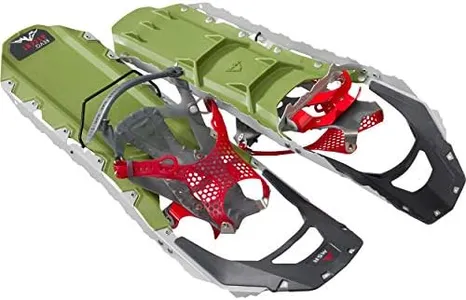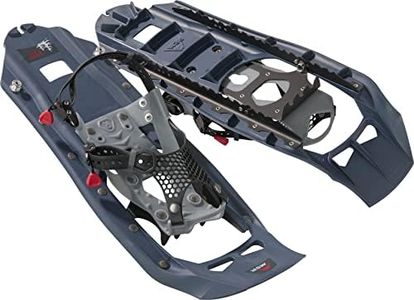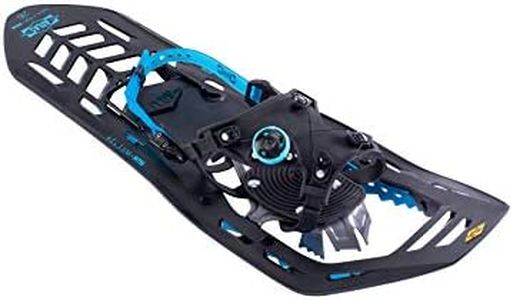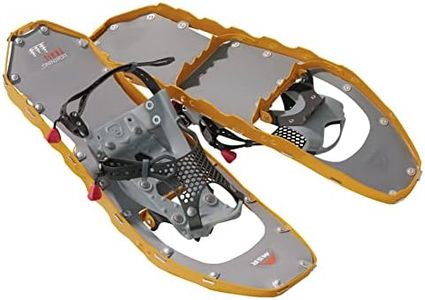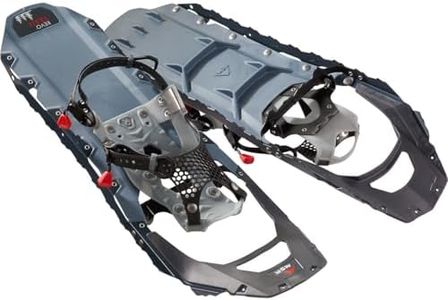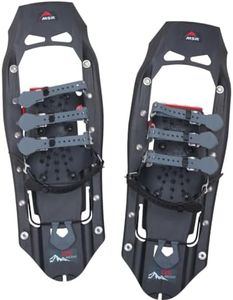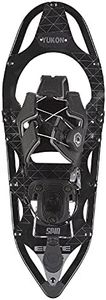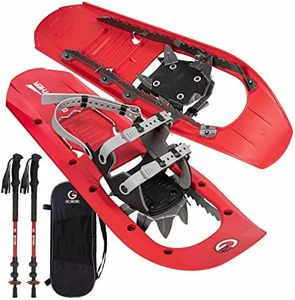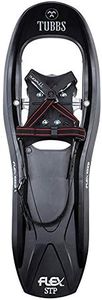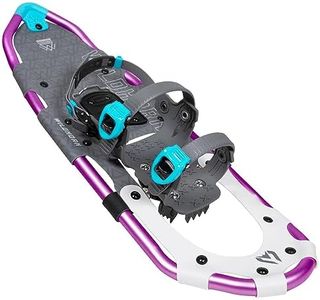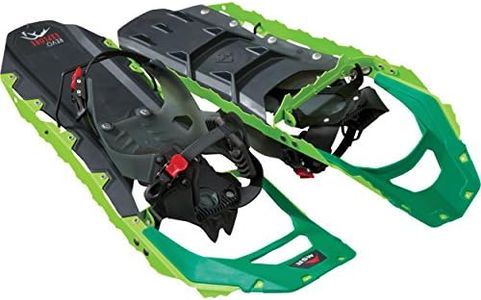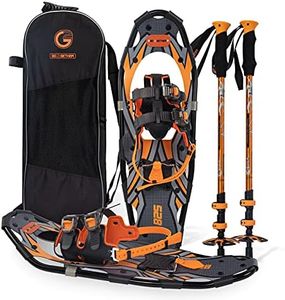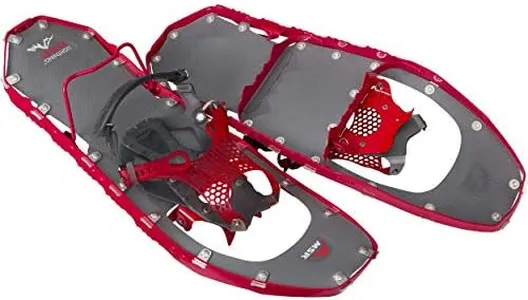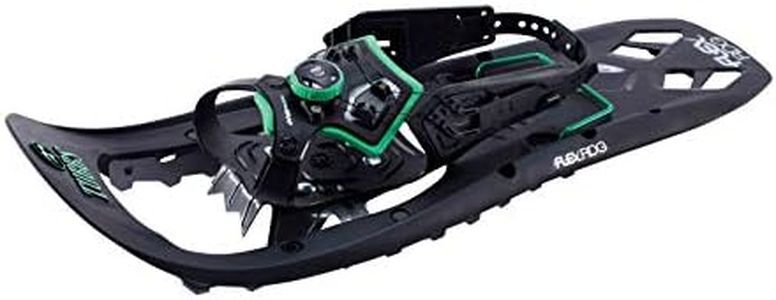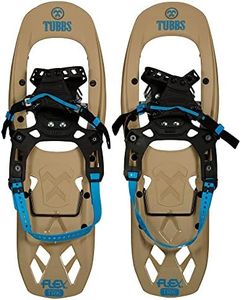We Use CookiesWe use cookies to enhance the security, performance,
functionality and for analytical and promotional activities. By continuing to browse this site you
are agreeing to our privacy policy
10 Best Snowshoes
From leading brands and best sellers available on the web.Buying Guide for the Best Snowshoes
Choosing the right snowshoes is all about matching the snowshoe features to your needs and the environment where you'll be exploring. Snowshoes help you walk on snow by spreading out your weight, preventing you from sinking. The best snowshoe for you depends on where you'll use them, the type of terrain, and your body weight plus gear. Understanding a few key specifications will help you make an informed choice for your winter adventures.Snowshoe SizeSnowshoe size refers to the length and width of the shoe deck, which determines how much weight it can support on the snow (this includes your body weight plus any gear you’re carrying). The larger the snowshoe, the more flotation it offers, helping you stay on top of deep or powdery snow. Smaller sizes are more maneuverable, making them better for packed trails or forested areas. Choose a size based on your total load and the snow conditions you expect. If you'll be in fluffy, untracked snow, go larger. For packed trails or hilly terrain, a smaller snowshoe is easier to walk with.
Frame and Deck MaterialThe frame is the sturdy outer part, while the deck is the surface you stand on. Materials can range from lightweight aluminum with durable synthetic decks to classic wood frames with rawhide laces. Aluminum and synthetic materials are generally lighter and more robust for most users, ideal for frequent or vigorous use. Wood is heavier, offering tradition and quiet movement, often chosen by purists. If you’re looking for less maintenance and weight, go with modern material combinations. If tradition and quiet are priorities, consider wood.
BindingsBindings are the straps and platforms that secure your boots to the snowshoe. Good bindings keep your foot stable and are easy to adjust, even with gloves. There are simple webbing straps or more advanced ratcheting systems. Some are better for quick entry and exit, while others offer a snugger fit for steep or uneven terrain. Pick bindings that are intuitive, secure, and comfortable for your intended use—if you expect to take them on and off frequently, look for simple or quick-release options. For hilly or icy trails, ensure they're secure and offer good support.
TractionTraction features, such as crampons or cleats beneath the snowshoe, help prevent slipping on icy or steep ground. Basic models may only have traction under the toe, while more advanced ones offer aggressive crampons underfoot and along the frame. If you're hiking mostly on flat, packed snow, minimal traction is fine. For icy, hilly, or mountainous trails, look for snowshoes with robust crampons or built-in heel lifters to give you extra grip and support.
Heel Lift (Climbing Bar)A heel lift is a small bar you can flip up under your heel when climbing steep hills. It helps reduce calf fatigue by changing the angle of your foot, making uphill travel easier. If you plan on tackling hilly or mountainous terrain, this feature is very helpful. For gentle landscapes or flat trails, it isn’t necessary.
